飞机防冰系统-防冰部位和方法Aircraft Anti-icing System-Anti-icing Parts and Methods
飞机结冰会使飞机的空气动力性能变坏、发动机性能变坏、有关仪表读数不准,由此引起飞机的操纵性、稳定性和机动飞行能力下降,同时还可能使得人工和自动驾驶误差变大,严重威胁飞行安全。
Aircraft icing will worsen the aerodynamic performance, engine performance and inaccurate readings of relevant instruments of the aircraft, resulting in the reduction of the aircraft’s maneuverability, stability and maneuverability. At the same time, it may also increase the error of manual and automatic pilot, seriously threatening flight safety.
飞机防冰主要指的是飞行中给飞机的大翼、尾翼、发动机进气道、螺旋桨、风挡玻璃、大气数据传感器、排水口、天线等部件防冰。
Aircraft anti-icing mainly refers to the anti-icing of the wings, tail, engine inlet, propeller, windshield glass, atmospheric data sensor, drain, antenna and other components of the aircraft during flight.
![图片[1]-飞机防冰系统-防冰部位和方法(Anti-icing Parts and Methods of Aircraft)【转】-航修札记](https://www.aeroacm.cn/wp-content/uploads/2025/07/image-24-1024x901.png)
飞机积冰部位中以机翼和尾翼前缘积冰最多。积冰会使翼型发生改变,使升力明显地减少,失速速度增大,临界迎角减小,飞机爬升速度、升限和最大飞行速度均降低,飞机的机动性能和着陆性能变差,严重危及飞行安全。如果机翼上的操纵面的主要区域有冰、霜、雪,会导致操纵面冻结在原有位置或运动受阻,影响飞行安全。
The leading edge of the wing and tail is the most ice-covered part of the aircraft. Ice accumulation will change the airfoil, significantly reduce the lift, increase the stall speed, reduce the critical angle of attack, reduce the aircraft’s climb speed, ceiling and maximum flight speed, and degrade the aircraft’s maneuverability and landing performance, seriously endangering flight safety.
发动机积冰常出现在进气道前缘、发动机压气机前的整流罩、进气导流叶片等部位,结冰会使进入发动机的空气流场发生变化,混乱的气流进入压气机,导致发动机工作不稳定,可能引起发动机出现喘振,推力下降。
Ice will change the air flow field entering the engine, and the disordered air flow will enter the compressor, resulting in the unstable operation of the engine, which may cause the engine to surge and thrust reduction.
飞机外部装有多种大气数据探头,包括皮托管探头、总温探头、静压和迎角探头等。如果这些传感器结冰,会降低空速、气压高度、升降速度等参数的测量精度,甚至失真和完全失效。
A variety of atmospheric data probes are installed outside the aircraft, including pitot tube probes, total temperature probes, static pressure and angle of attack probes. If these sensors freeze, the measurement accuracy of the parameters such as airspeed, barometric altitude, lifting speed and so on will be reduced, even distorted and completely lost.
飞机在结冰条件下飞行或当飞行高度突然下降时,风挡玻璃可能结冰或出现雾气,风挡玻璃的透明度下降,驾驶员目视困难,特别是在起飞、着陆阶段,由于影响目视,会使起飞着陆发生困难,导致判断着陆高度不准确,进而影响着陆安全,严重时会出现危险。
When the aircraft is flying under icing conditions or when the flight altitude suddenly drops, the windshield glass may freeze or appear fog, the transparency of the windshield glass will decrease, and the pilot’s visual difficulty will occur, especially in the takeoff and landing stages. Because of the impact on the visual, it will make it difficult to take off and land, resulting in inaccurate judgment of the landing altitude, which will affect the landing safety, and in serious cases, there will be danger.
飞机上有很多种天线,这些天线积冰能扭曲天线的形状,引起颤动,使无线电通信失效导致联系中断,强烈积冰能使天线同机体相接,发生短路,会造成无线电导航设备失效,导致飞机迷航等情况的发生。
There are many kinds of antennas on the aircraft. The icing on these antennas can distort the shape of the antenna, cause vibration, make the radio communication ineffective, and cause the interruption of contact. The strong icing can make the antenna connect with the body, and cause the short circuit, which will cause the failure of radio navigation equipment, and lead to the occurrence of aircraft disorientation and other conditions.
此外,积冰也会使飞机的重量增加,阻力增加,耗油率增加。如果积冰层较厚,还会使飞机的重心位置改变,从而影响飞机的稳定性,升力中心位移,操纵品质变差。
In addition, icing will also increase the weight of the aircraft, drag and fuel consumption. If the ice layer is thick, it will also change the position of the aircraft’s center of gravity, thus affecting the aircraft’s stability, lift center displacement, and control quality.
当前飞机上使用最为广泛的是热防冰技术,该技术已成为现代飞机防冰的主流。目前热防冰主要有两种方式,一种是气热防冰,一种是电热防冰。
At present, the most widely used thermal anti-icing technology on aircraft has become the mainstream of modern aircraft anti-icing. At present, there are two main ways of thermal anti-icing, one is gas thermal anti-icing, and the other is electric anti-icing.
(1)气热防冰:是利用热空气加热飞机部件防冰表面的热力防冰技术。由于热空气加热蒙皮时热源充足,能量大,热惯性大,但周期加热控制较难,故很少采用周期加热的防护方式,常采用连续加热方式,多用于防冰表面较大的部件,如大翼,尾翼,发动机进气道前缘等。常用的热气源有发动机压气机引气。
Air-thermal anti-icing: It is a thermal anti-icing technology that uses hot air to heat the anti-icing surface of aircraft components. Because the hot air heats the skin with sufficient heat source, large energy and large thermal inertia, but it is difficult to control the periodic heating, the periodic heating protection method is rarely used, and the continuous heating method is often used, which is mostly used for parts with large anti-icing surface, such as wings, tail wings, engine inlet leading edge, etc. The commonly used hot air source is engine compressor bleed.
(2)电热防冰:是将电能转变为热能,加热部件防冰表面的热力防冰技术。电热防冰技术有连续加热和间断加热两种形式。对防冰表面不允许结冰或加热耗电功率较小的部件(如风挡,空速管等),常采用连续加热的防冰方式;对防冰表面允许少量结冰或加热耗电功率较大的部件(如机翼,尾翼等),常采用周期加热的除冰方式。
Electrothermal anti-icing: It is a thermal anti-icing technology that converts electric energy into heat energy and heats the anti-icing surface of components. Electrothermal anti-icing technology has two forms: continuous heating and intermittent heating. For the parts (such as windshield, pitot tube, etc.) whose antiicing surface is not allowed to freeze or whose power consumption is small, the antiicing method of continuous heating is often adopted; Periodical heating is often used for deicing parts (such as wings, tail fins, etc.) that allow a small amount of icing on the anti-icing surface or that consume large power to heat.


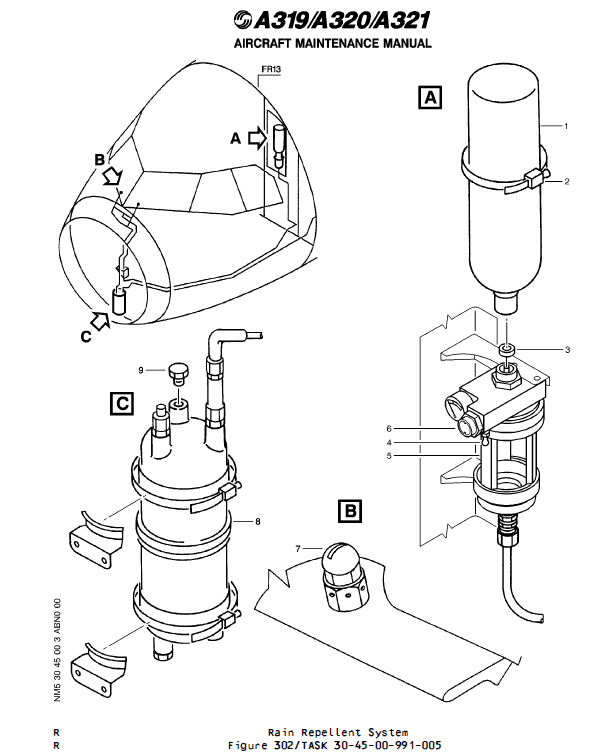
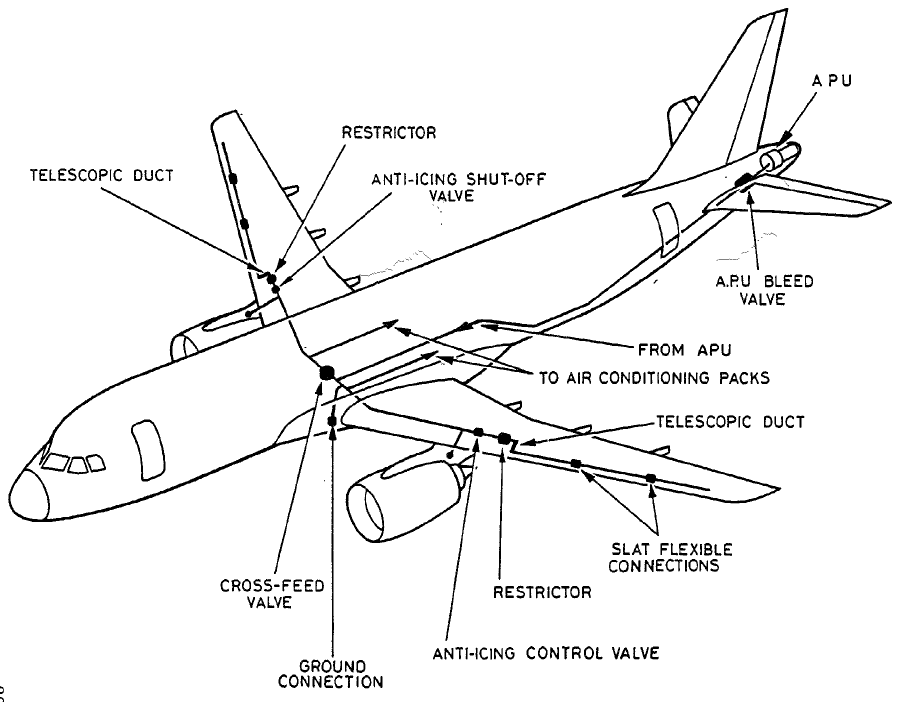
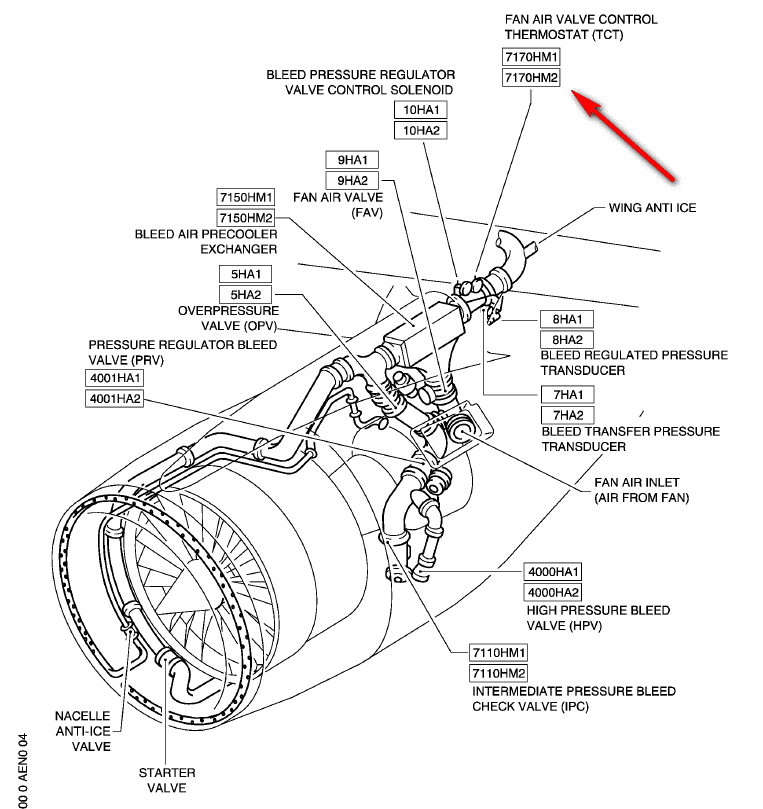

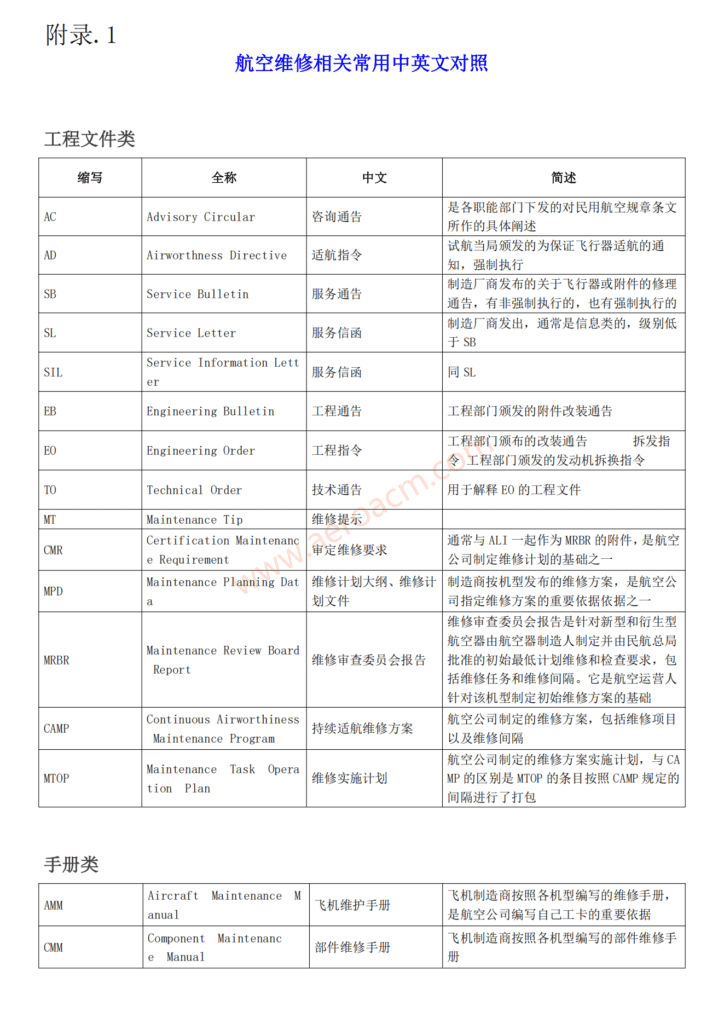
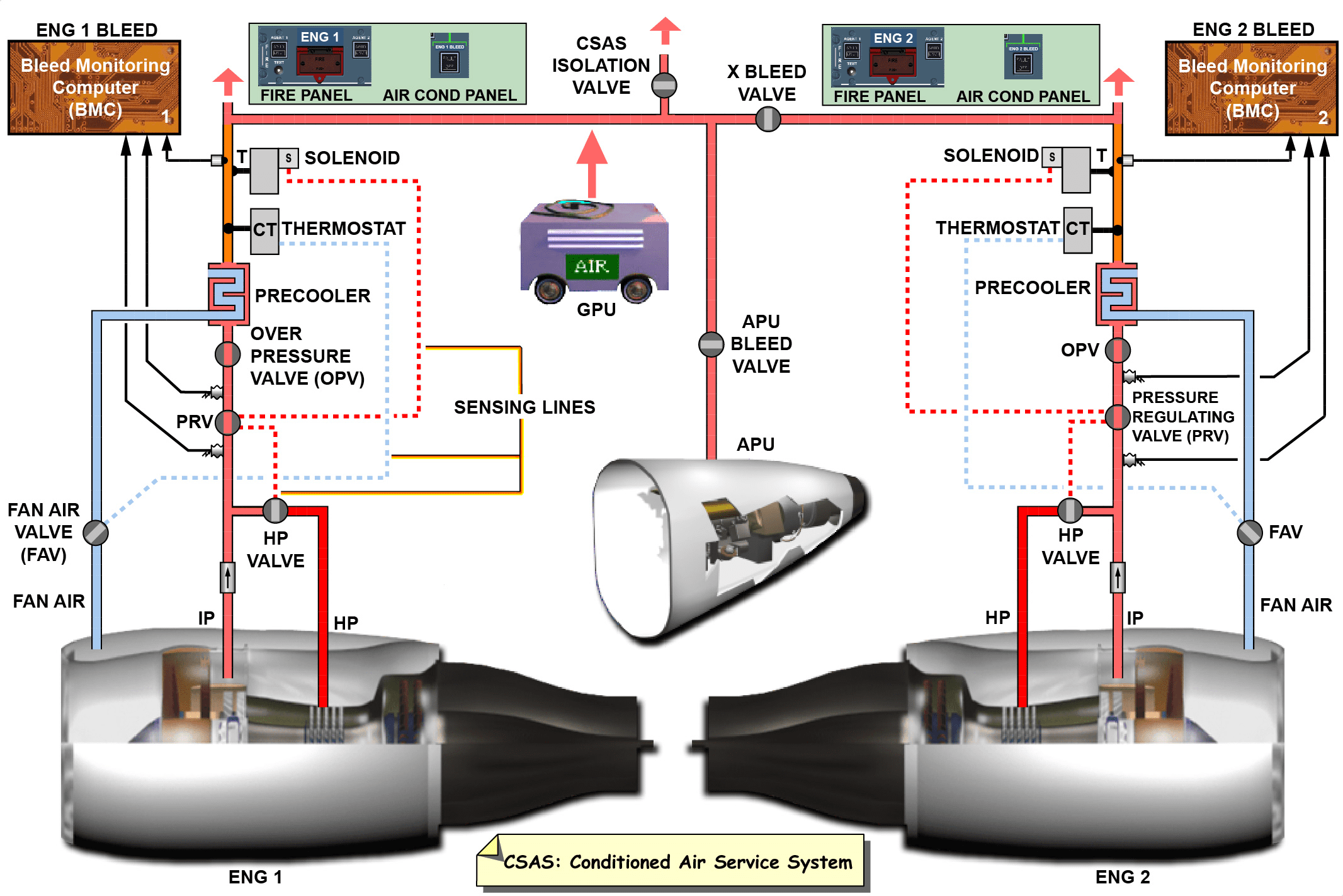
暂无评论内容